Production of Activated Carbon:
Activated carbon can be made from a variety of sources, including hard coal (anthracite coal), coconut shells, brown coal, and wood. Activated carbon is typically produced using the steam activation process for cost reasons. The raw material is activated by hot steam under a vacuum in a furnace at temperatures ranging from 900 to 1100 °C during this process. The material cannot burn because there is no oxygen present. Instead, the heat significantly increases the internal surface of the material. This activated carbon can then be processed for a variety of applications.
What is the Function of the Activated Carbon Powder?
The manufacturing of activated carbon has different adsorption properties depending on the carbon type used. Odour molecules are trapped inside the activated carbon structure and organic compounds are adsorbed once air passes through the carbon filter. See the yellow marks in the diagram above. The airflow also reduces the capacity of the filter. This is analogous, for example, to a battery connected to an appliance. The airflow rate (measured in m3/h) has an effect on the filter's service life. The pressure drop of the filter, i.e. the resistance of the carbon to the airflow, has the greatest influence on the airflow rate.
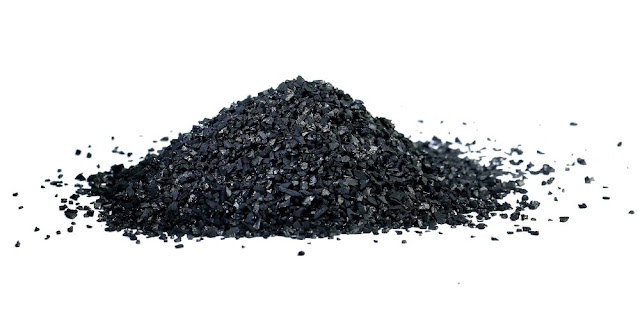
Adsorption Efficiency
The iodine number in mg/g of carbon or the CTC value is used to express activated carbon capacity. This value is used in quality testing to represent the activity of carbon tetrachloride in activated carbon. Because it can absorb more organic compounds, the higher the CTC value, the more efficient the filter. Increasing the duration of airflow through activated carbon (contact time) improves adsorption. The thickness of the carbon bed is thus a deciding factor, but the pressure drop also increases as the thickness of the carbon bed increases.
Granulated Activated Charcoal
Stone pine wood turned into activated charcoal is very light after activation. It has a bulk density of approximately 200-250 g per liter of volume. Granulated materials can achieve maximum CTC values of 50-55%. The maximum iodine uptake is typically 500-950 mg/g. The low values are due to the low specific weight of the raw material and the fact that wood cannot withstand high temperatures in the furnace for an extended period of time. Coal deteriorates and becomes porous. Advantages include a low cost, high availability, and good initial adsorption characteristics.
Shells of Activated Coconut
Activated coconut shells have excellent adsorption properties and are used for the filtration of volatile gases such as acetone, gasoline, and so on. The natural fibrous structure of the shells is thought to be responsible for their high filtration performance. Pellets of activated coconut shells are also available. They have an iodine adsorption capacity of up to 1250 mg/g and a maximum CTC value of 50-65%. Depending on the activation time, the bulk density ranges between 420 and 500 g/l. The disadvantages include a high price, a scarcity of raw materials whose supply is dependent on harvest, and a high-pressure drop with granulated activated carbon.



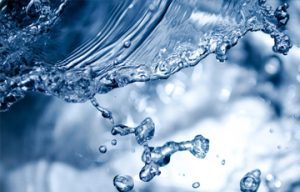



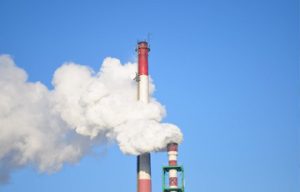



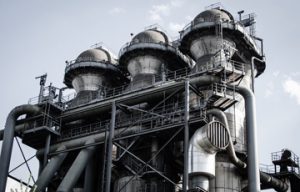
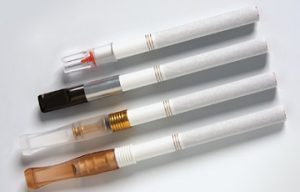

Comments are closed!